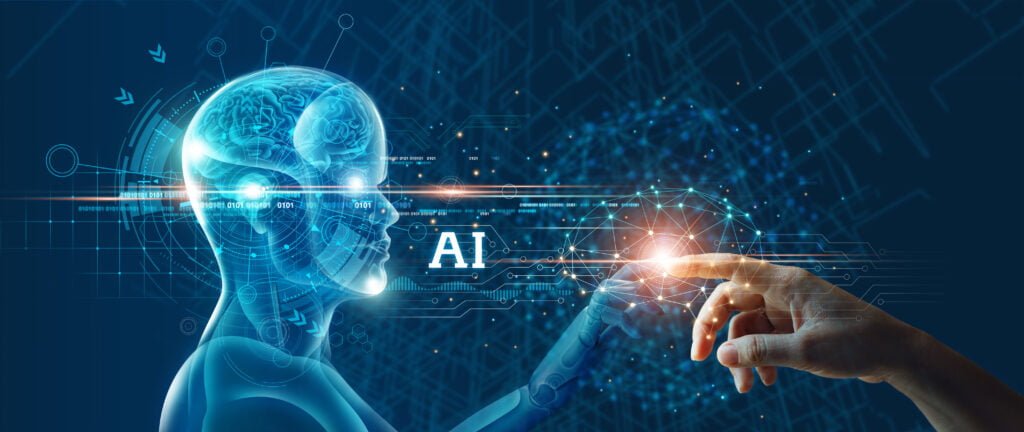Art creation with artificial intelligence is a frequently explored and discussed topic in the NFT world. One of the early examples that lit the fire was the portrait of Edmond de Belamy, which was sold for $432,500 at Christie’s on 25 October 2018. The Obvious, the creators of the painting, used a data-driven NFT modeling, known as the Generative Adversarial Network (GAN) algorithm, to generate a series of images, including Edmond de Belamy.
What is Generative Adversarial Network (GAN)?
AI-generated art is enabled through machine learning algorithms that parse through massive amounts of images. The go-to method for doing this is the Generative Adversarial Network.
GAN is a class of machine learning, and it consists of two parts. The first is the Generator which creates new data, such as an image, a video, or text, based on training data fed into the algorithm. To create new paintings, for example, Obvious fed the algorithm with a data set of 15,000 portraits painted between the 14th century to the 20th. To improve the outputs, the second part, the Discriminator, spots the differences between human-made images and computer-generated ones. In a good setting, the Discriminator should only approve results that match real-world data to a very high degree.
A well-known NFT collection created using AI is GAN APES. The algorithm was trained from the original 9940 Bored Ape Yacht Club images for over 300 hours. The team generated 1,800 unique images by leveraging ERC-721 NFTs and IPFS.

How to create your own AI-generated NFTs
#1 One method to do this is to write GAN codes and train the algorithms yourself, as the teams of Obvious and GAN APES did.
#2 Built on such algorithms, there are also tools and applications which allow you to create AI-generated NFTs without any coding.
These art generators work on a text-to-image basis. This means that you can enter keywords or any other text related to the artwork you like to produce and let the generator analyze a large number of images.
In the end, you will receive unique representations of the original keywords or phrases you used as prompts. You can then convert them into NFTs on marketplaces where minting is possible, such as OpenSea, Rarible, or Mintable.
You can opt for this path, especially if you want to produce as many visuals as possible before picking the final image you will create as NFT. Since various AI-powered generators are at your disposal, you can explore possibilities quickly.
#3 There are also AI tools that create artworks directly as NFTs. They are particularly advantageous when your objective is to create a collection where you want each NFT to have various traits and attributes. They also let you set different rarities for individual NFT images.
Most of these generators require you to import your own images before creating NFTs. They provide algorithms you can apply to mix different styles with the original work. Suppose you like to use AI from the beginning of art creation till the end. In that case, you can first produce AI-generated images, as explained in #2, then use these tools to add NFT-related functionalities and experiment with different styles.
Challenges of creating AI-generated NFTs
AI doesn’t always choose the best results. That’s why the process is iterative, and in many cases, you’ll like to change the end image to improve the outcomes.
Some AI generators allow you to manipulate the final result, and some even provide a series of images from different stages of the art generation. Another way to improve your AI art is to test additional text prompts to observe how they influence the final image.
In almost every case, a human touch is necessary.
Author

Nagi An is a content writer who is passionate about NFTs, web3, DAOs, and DeFi. She's covers a variety of topics about NFT fundamentals.




